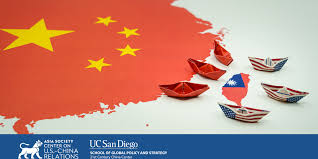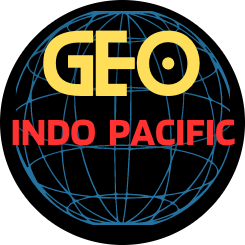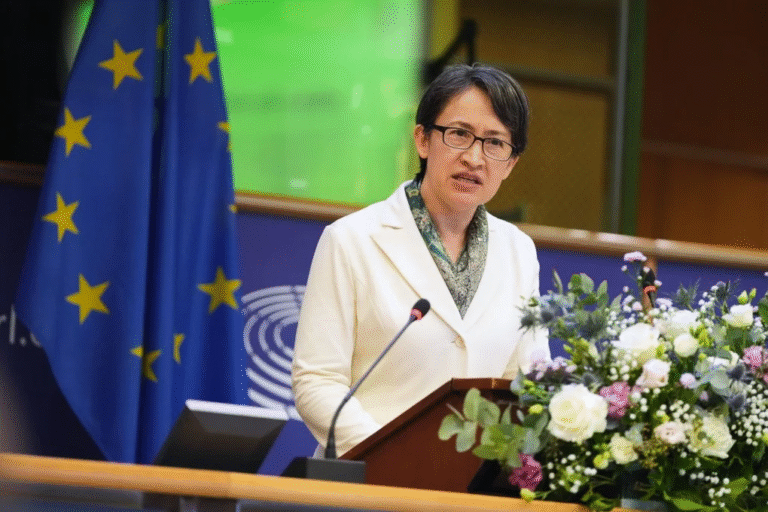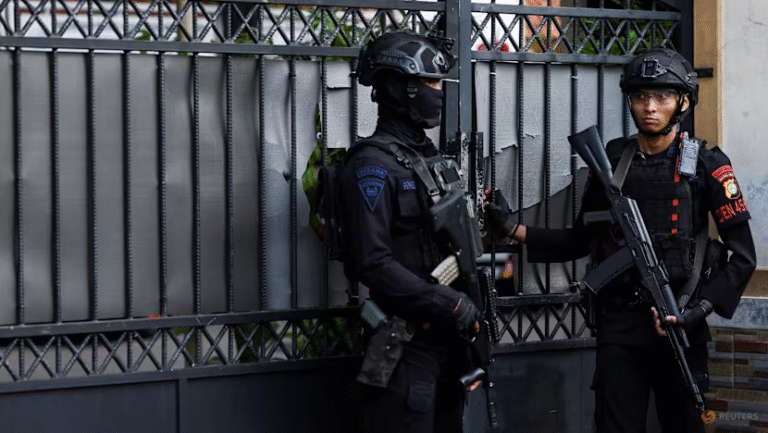
Introduction
The relationship between China and Taiwan remains one of the most complex and potentially volatile geopolitical issues in Asia. As China has grown into a global superpower and Taiwan has developed its own vibrant democracy, tensions across the Taiwan Strait have periodically flared. This article examines the potential scenarios for future conflict, the factors that could lead to war, and the possibilities for maintaining peace.
Historical Context
Taiwan has been governed separately from mainland China since 1949, when the Kuomintang (KMT) retreated to the island after losing the Chinese Civil War to the Communist Party. While both sides originally claimed to represent all of China, Taiwan has evolved into a de facto independent nation with its own government, military, and democratic institutions – though it is recognized by only a handful of countries diplomatically.
Current Military Balance
China has significantly modernized its military (the People’s Liberation Army) in recent decades, developing capabilities specifically for a potential Taiwan contingency:
- Massive missile arsenals positioned opposite Taiwan
- Advanced naval and air forces
- Growing amphibious assault capabilities
- Cyber and space warfare units
Taiwan, while smaller, has invested in:
- Asymmetric defense strategies
- Advanced missile systems
- Modern fighter jets
- Strong reservist forces
- Potential support from allies like the United States
Potential Triggers for Conflict
Several scenarios could lead to military confrontation:
- Formal Declaration of Independence: If Taiwan officially declares independence, China has vowed to use force
- Internal Unrest in Taiwan: Political chaos might prompt Chinese intervention
- External Shifts: Changes in U.S. policy or alliances could destabilize the status quo
- Chinese Domestic Politics: Internal pressures might lead Beijing to use Taiwan as a nationalist rallying point
- Accidental Escalation: Military incidents or miscalculations could spiral out of control
Challenges for China in a Taiwan Campaign
Despite its military advantages, China would face significant obstacles:
- Difficult amphibious invasion across 100+ miles of ocean
- Urban warfare in Taiwan’s cities
- Potential international intervention
- Economic consequences including sanctions
- Possible domestic backlash if war goes poorly
Pathways to Peace
Several approaches could help maintain stability:
- Continued Economic Integration: Deepening cross-strait economic ties raises the cost of conflict
- Confidence-Building Measures: Military-to-military communications to prevent accidents
- Creative Diplomatic Formulas: Maintaining ambiguity while preventing provocation
- International Engagement: Multilateral frameworks to manage tensions
- People-to-People Exchanges: Building mutual understanding through cultural and educational programs
The Future of Cross-Strait Relations: Prospects for Peace or Conflict?
The dynamics between China and Taiwan continue to be a focal point for regional and global stability. Cross-Strait relations are shaped by a complex interplay of historical, political, and economic factors, with the potential to evolve toward either peaceful cooperation or escalating conflict. The trajectory depends on several critical variables, including domestic politics in both China and Taiwan, international involvement, and economic interdependence.
Peaceful Prospects
Optimistic scenarios for peace rest on mutual economic interests and pragmatic diplomacy. Taiwan’s reliance on trade with China, coupled with China’s desire to maintain stable economic growth, creates incentives for dialogue. Confidence-building measures, such as cultural exchanges and trade agreements, could foster trust. Furthermore, international actors, such as the United States and regional organizations, may play a role in encouraging peaceful interactions while avoiding actions that exacerbate tensions.
Challenges to Peace
However, the risks of conflict remain significant. China’s insistence on the “One China” principle clashes with Taiwan’s growing sense of identity and calls for international recognition. Military posturing, including frequent Chinese military exercises near Taiwan, heightens fears of miscalculation. Taiwanese politics also add complexity, with pro-independence movements potentially provoking stronger reactions from Beijing. The role of external actors, particularly U.S. arms sales to Taiwan and strategic alliances, further complicates the situation.
The Role of International Dynamics
The broader geopolitical environment influences Cross-Strait relations. The rivalry between the U.S. and China often manifests in Taiwan, with the island caught in the middle. How global powers navigate their interests could either defuse or intensify tensions. Diplomatic efforts, such as multilateral discussions and adherence to international norms, may provide avenues to reduce risks of confrontation.
Conclusion
The future of Cross-Strait relations remains uncertain, with both peace and conflict viable outcomes. While economic and diplomatic pathways offer hope for stability, deep-seated political differences and external pressures continue to pose significant challenges. The international community’s role in fostering dialogue and preventing escalation will be crucial in shaping the region’s future. Ultimately, the choices made by leaders in Beijing, Taipei, and beyond will determine whether the coming years bring reconciliation or strife.






